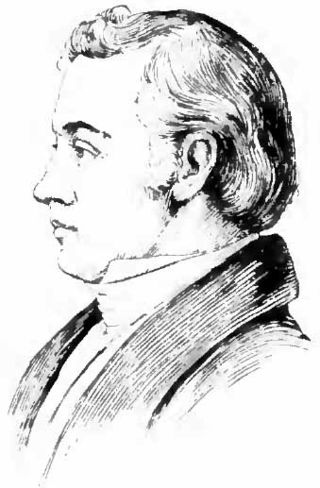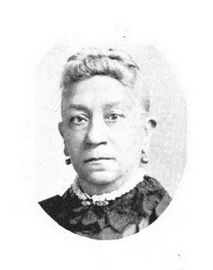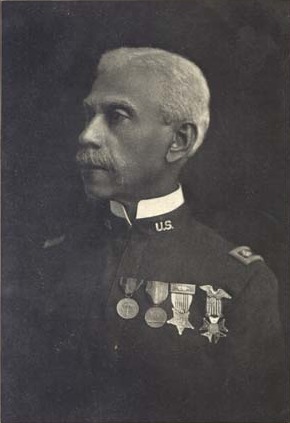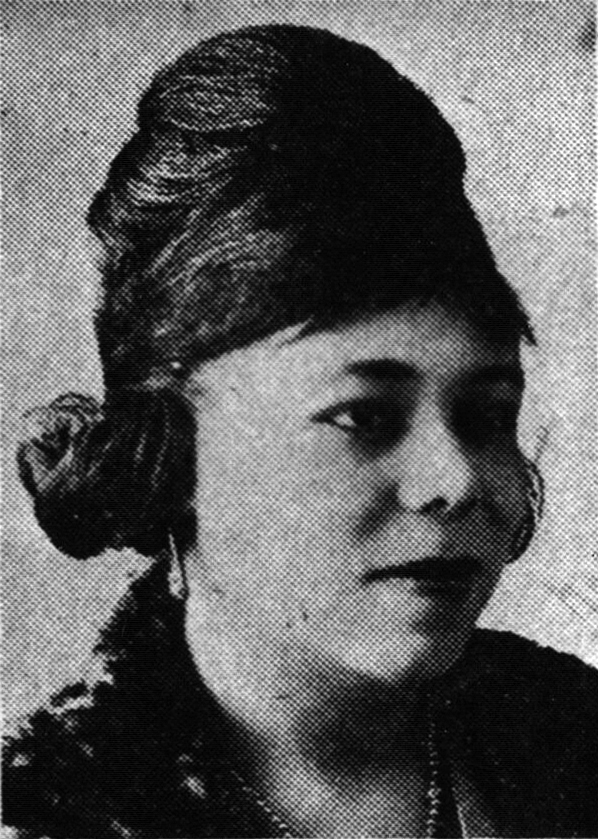
Elijah Parish Lovejoy was an American Presbyterian minister, journalist, newspaper editor, and abolitionist. After his murder by a mob, he became a martyr to the abolitionist cause opposing slavery in the United States. He was also hailed as a defender of free speech and freedom of the press.

Bellefontaine Cemetery is a nonprofit, non-denominational cemetery and arboretum in St. Louis, Missouri. Founded in 1849 as a rural cemetery, Bellefontaine is home to a number of architecturally significant monuments and mausoleums such as the Louis Sullivan-designed Wainwright Tomb, which is listed on the National Register of Historic Places.

Lincoln University is a public, historically black, land-grant university in Jefferson City, Missouri. Founded in 1866 by African-American veterans of the American Civil War, it is a member-school of the Thurgood Marshall College Fund. This was the first black university in the state. In the fall 2021, the university enrolled 1,794 students.

Josephine St. Pierre Ruffin was a publisher, journalist, civil rights leader, suffragist, and editor of the Woman's Era, the first national newspaper published by and for African-American women.

Sarah Jane Woodson Early, born Sarah Jane Woodson, was an American educator, black nationalist, temperance activist and author. A graduate of Oberlin College, where she majored in classics, she was hired at Wilberforce University in 1858 as the first black woman college instructor, and also the first black American to teach at a historically black college or university (HBCU).

Allen Allensworth was an American chaplain, colonel, city founder, and theologian. Born into slavery in Kentucky, he escaped during the American Civil War by joining the 44th Illinois Volunteers as a Union soldier. After being ordained as a Baptist minister by the Fifth Street Baptist Church, April 9, 1871, he worked as a teacher, led several churches, and was appointed as a chaplain in the United States Army. In 1886, he gained appointment as a military chaplain to a unit of Buffalo Soldiers in the West, becoming the first African American to reach the rank of lieutenant colonel in the United States Army. He served in the Army for 20 years, retiring in 1906.

John Telemachus Hilton was an African-American abolitionist, author, and businessman, who established barber, furniture dealer, and employment agency businesses. He was a Prince Hall Mason and established the Prince Hall National Grand Lodge of North America and served as its first National Grand Master for ten years. He also was a founding member of the Massachusetts General Colored Association, and active member and author in the Anti-Slavery movement.

Josephine Silone Yates was an American professor, writer, public speaker, and activist. She trained in chemistry and became one of the first black professors hired at Lincoln University in Jefferson City, Missouri. Upon her promotion, she became the first black woman to head a college science department. She may have been the first black woman to hold a full professorship at any U.S. college or university.

George Boyer Vashon was an African American scholar, poet, lawyer, and abolitionist.

Henry O. Wagoner was an abolitionist and civil rights activist in Chicago and Denver. In the 1830s, as a free black man in Maryland, he worked on a farm and worked to free slaves with a loose group of individuals that is known as the Underground Railroad. He left Maryland in 1838 under suspicion for his activities and settled in Illinois and eventually Chicago after spending a few years in Chatham, Ontario. Continuing to work with the Underground Railroad, he was also a typesetter and journalist for radical anti-slavery newspapers before the abolition of slavery in Chicago. Around this time he befriended Frederick Douglass, with whom he would remain close throughout his life. During the American Civil War (1861–1865), he helped recruit black soldiers for Illinois and Massachusetts regiments. After the war, he moved to Denver, where he had spent some time previously. He continued to be a leader in Denver, working to secure blacks the right to vote and equality in education and under the law.

Cornelia Bowen (1865-1934) was an African American teacher and school founder from Alabama. She was in the first graduating class of the Tuskegee Institute and went on to found the Mount Meigs Colored Institute as well as the Mt. Meigs Negro Boys' Reformatory. Based on the principles of the Tuskegee Institute, where she was trained, Bowen created industrial schools to teach students to thrive from their own industry. She was a member of both the state and national Colored Women's Federated Clubs and served as an officer of both organizations. She also was elected as the first woman president of the Alabama Negro Teacher's Association.

Eva del Vakia Bowles was an American teacher and a Young Women's Christian Association organizer in New York City. When she began working at the New York City segregated YWCA in Harlem, she became the first black woman to be a general secretary of the organization. For eighteen years she organized black branches of the YWCA and expanded their services to community members. She received recognition from former president Theodore Roosevelt for her work during World War I on behalf of the segregated Y.

Victoria Clay Haley, later Victoria Clay Roland, was an American suffragist, clubwoman, bank executive, and fundraiser based in St. Louis, Missouri and later in Chicago.

Haydee Campbell was an American educator, an advocate for kindergarten for African-American children.
Sara Iredell Fleetwood (1849–1908) was an American clubwoman and teacher. She was involved in the movement of black women into professional nursing, graduating as one of the first nurses from Howard University's Freedman's Hospital School of Nursing. She became the nursing superintendent at Freedman's, organized the Freedmen's Nursing Association and served as the first African-American woman on the nurse's examining board of the District of Columbia.

Vivian Osborne Marsh was an American clubwoman based in San Francisco, California. She was president of the California State Association of Colored Women, and national president of Delta Sigma Theta.
Myrtle Foster Cook was a Canadian-born American teacher, political activist, and clubwoman.
Arsania M. Williams was an American educator and clubwoman based in St. Louis, Missouri. She taught for over fifty years in segregated schools, and was president of the Missouri State Association of Negro Teachers, the Missouri Association of Colored Women, and the St. Louis Association of Colored Women. She held national leadership roles in the National Association of Colored Women (NACW).
Mary Frances Vashon also known as Mary Frances Colder, and by her pen name Fanny Homewood, was an African-American journalist and an abolitionist in the 19th century. She is one of the earliest African-American female journalists.














